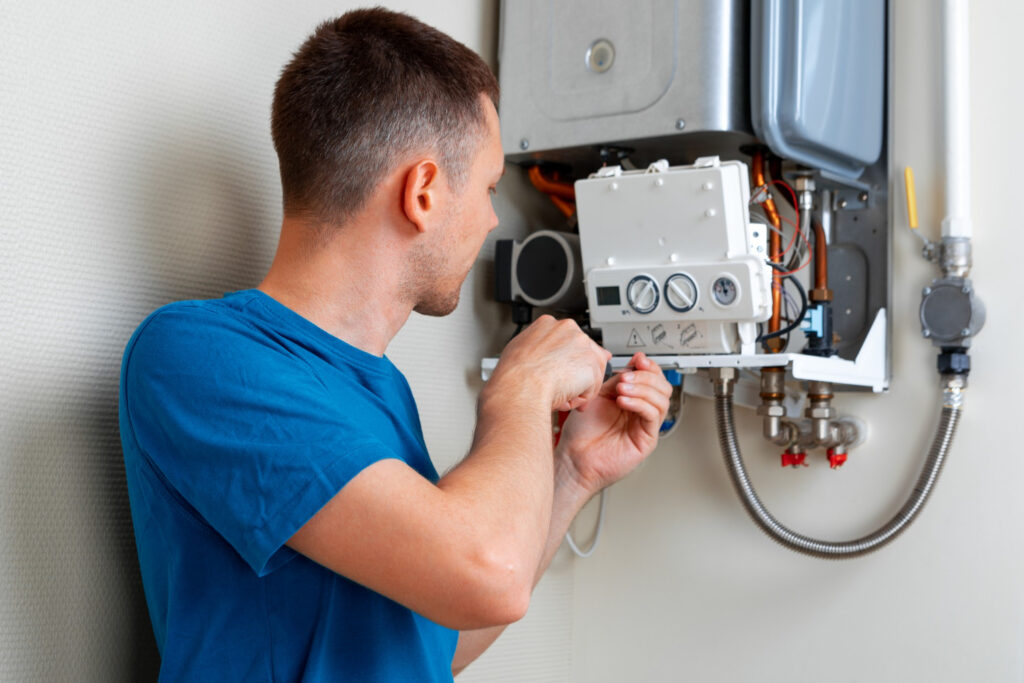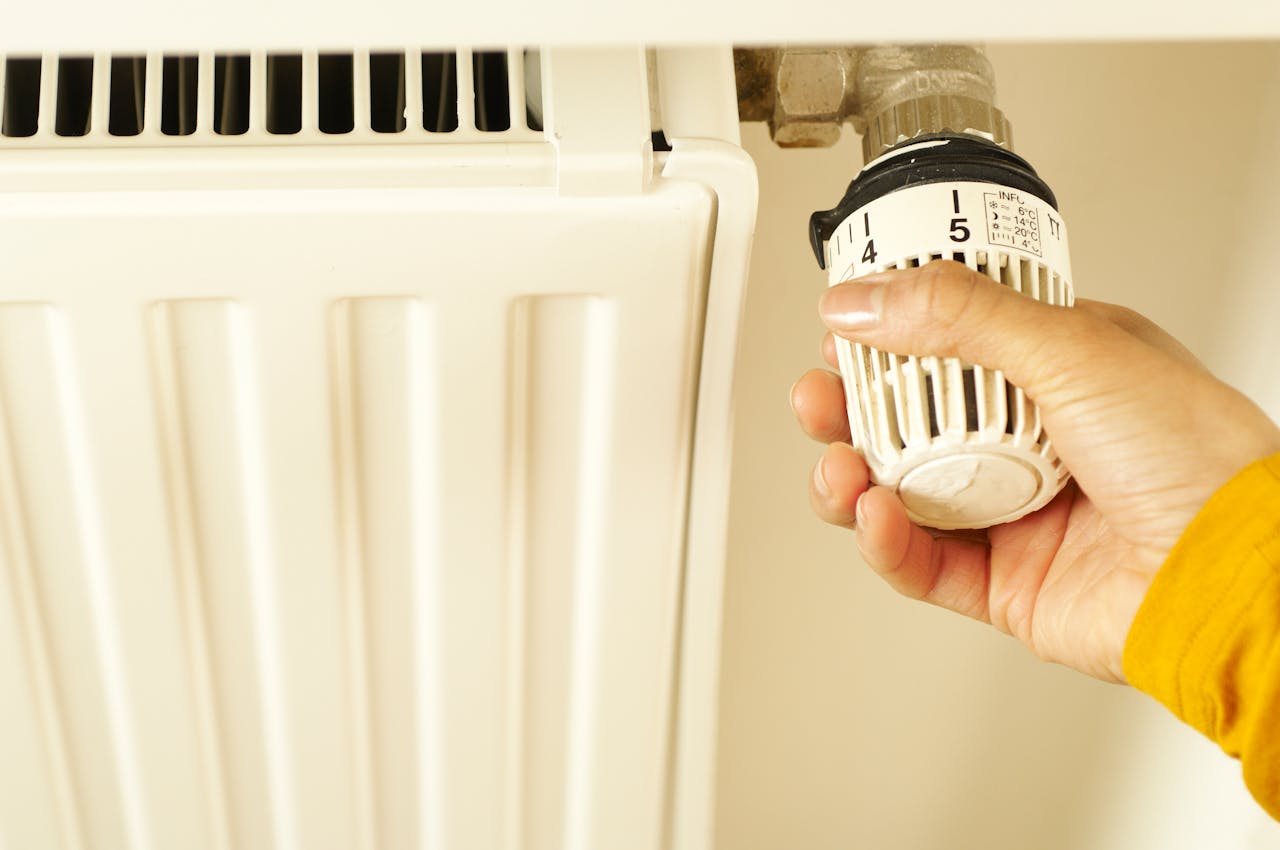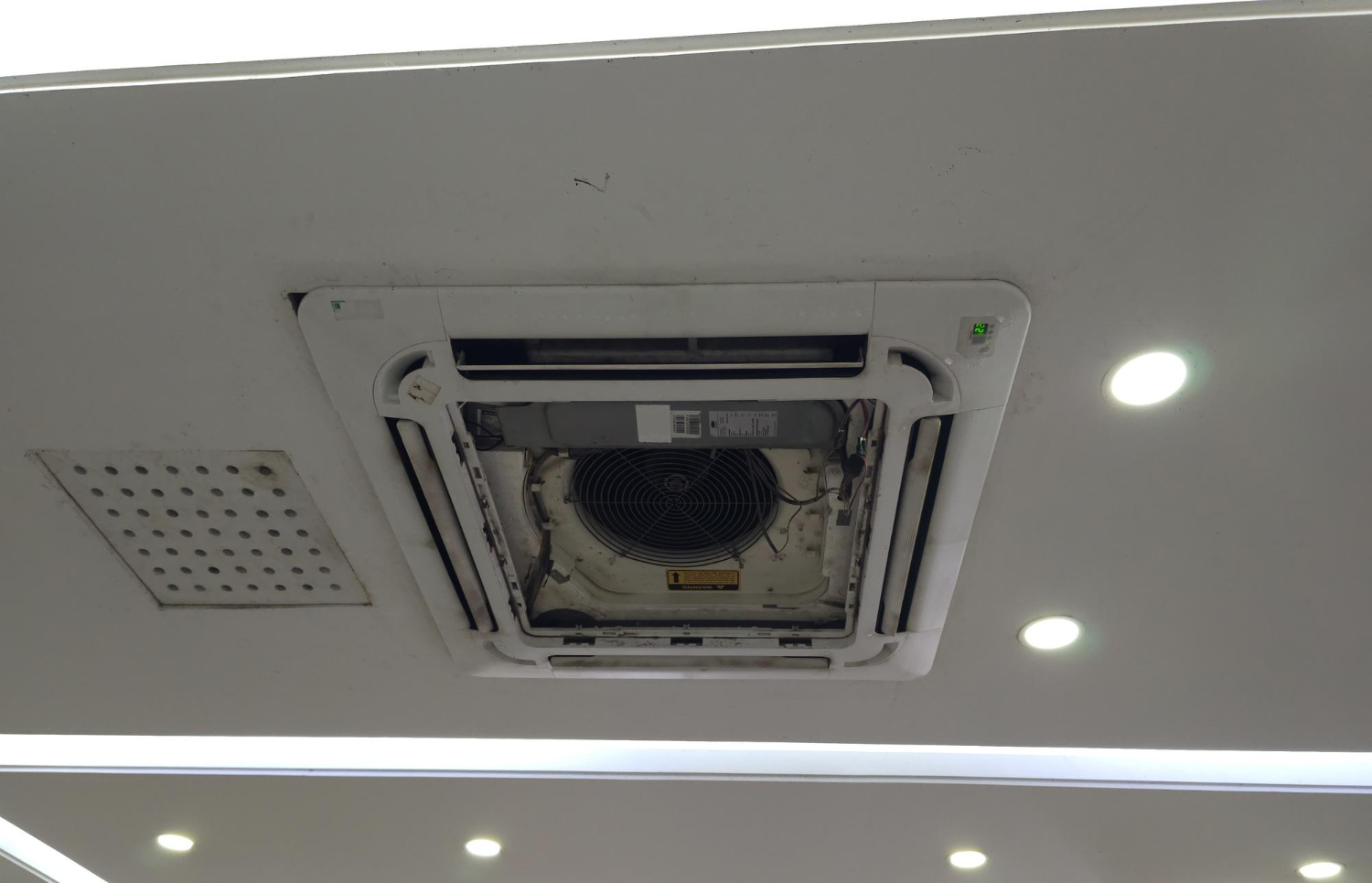Installing a heating system in a new home is a critical step in ensuring comfort and energy efficiency. Proper heating installation not only keeps your home warm but also helps in maintaining optimal indoor air quality. This process requires careful planning and execution to meet the specific needs of the new construction.
Assessing Your Heating Needs for New Construction
Determining your heating needs is the first step in a successful heating installation for your new home. This involves evaluating several factors to ensure the selected system will efficiently heat your space and meet your long-term needs.
1. Evaluate the Home’s Layout and Size: The layout and size of your new construction directly impact the type and capacity of the heating system required. Larger homes may need a more powerful furnace installation or multi-zone heating, while smaller homes can often be adequately heated with less complex systems.
2. Consider Insulation and Energy Efficiency: The insulation quality of your home plays a crucial role in retaining heat. Homes with high-quality insulation will reduce the demand on the heating system. Assessing energy efficiency features during the design phase can guide the installation of a system that is both effective and economical.
3. Climate and Weather Conditions: The local climate influences the type of heating system you need. In colder climates, a robust furnace or boiler may be necessary, whereas milder climates might call for a heat pump or another efficient solution.
Choosing the Right Heating System for Your Home
Once you assess your heating needs, the next step is to choose the right heating system. There are several options available, each with its benefits and considerations.
1. Furnace Installation: Furnaces are among the most common heating solutions. They are reliable and can be powered by gas, electricity, or oil. Furnaces heat air and distribute it through ducts, which allows for efficient and effective heating throughout the home.
2. Heat Pumps: For homes in moderate climates, heat pumps offer an all-in-one solution for heating and cooling. They work by transferring heat from outside to inside during the cold months and reversing the process in the summer. Heat pumps are energy-efficient and environmentally friendly.
3. Boilers: Boilers use hot water or steam to heat your home and can be a great choice for those who prefer radiant floor heating or radiators. They provide consistent and comfortable heating but require a detailed installation process.
4. Radiant Floor Heating: Radiant floor heating systems circulate warm water through tubes before distributing heat evenly from the floor up. This method offers uniform heating, which can be an excellent choice for different types of flooring and living spaces.
The Installation Process: What To Expect
The heating installation process in new construction involves several crucial steps that ensure an efficient and long-lasting system. Here is what you can expect during the installation:
1. Initial Consultation and Assessment: Our professionals will perform a thorough assessment of your new construction site. This includes evaluating the floor plan, insulation levels, and local climate conditions. These factors help determine the best type of heating system for your needs.
2. Customized Design Plan: Once the assessment is complete, our technicians will create a customized design plan. This plan outlines the best placement for ducts, vents, and the heating unit itself. Proper planning ensures optimal airflow and efficient heating throughout your home.
3. Installation of Equipment: The next step involves the physical installation of the heating system. Our professionals will carefully install the furnace, heat pump, or other heating equipment according to the design plan. This step includes connecting the unit to the ductwork and electrical systems, ensuring everything is securely in place.
4. System Testing: After installation, our technicians will test the entire system to ensure it operates correctly. They will check the airflow, thermostat settings, and overall performance. Any adjustments needed will be made at this stage to guarantee your heating system functions efficiently.
5. Final Walk-Through and Training: Once testing is complete, our professionals will conduct a final walk-through with you. They will explain how to operate your new heating system and answer any questions you may have. This ensures you are comfortable with the system and know how to maintain it properly.
Post-Installation Tips for Efficient Heating
Correct use and maintenance of your newly installed heating system are crucial for its efficiency and longevity. Follow these post-installation tips to keep your heating system running smoothly:
1. Regular Maintenance Checks: Schedule regular maintenance checks with our professionals to ensure your system remains in peak condition. Routine inspections help identify and resolve minor issues before they escalate into major problems. This keeps your heating system running efficiently and prolongs its lifespan.
2. Change Air Filters Frequently: One of the easiest ways to maintain your heating system is by changing the air filters regularly. Dirty filters can block airflow and reduce the system’s efficiency, leading to higher energy bills. Check and replace the air filters as recommended by our technicians.
3. Use the Thermostat Wisely: Set your thermostat to an energy-efficient temperature and avoid making frequent adjustments. Consider using a programmable thermostat to automatically lower the temperature when you are not home, saving energy and reducing wear on your system.
4. Keep Vents and Ducts Clean: Ensure that vents and ducts are clean and unblocked to allow proper airflow. Clean vents and ducts contribute to the efficient operation of your heating system, improving indoor air quality and comfort levels.
5. Monitor System Performance: Pay attention to how your heating system operates and watch for any signs of trouble, such as unusual noises or inconsistent heating. Promptly addressing these issues with the help of our professionals can prevent more serious problems and costly repairs.
Conclusion
A well-planned and expertly executed heating installation is essential for new homes. By understanding the installation process and following post-installation best practices, you can ensure your heating system operates efficiently and reliably. Regular maintenance, proper use of the thermostat, and keeping vents clean are simple steps that go a long way in maintaining your heating system.
Relying on Zen Aire Air Conditioning & Heating for your heating installation in Pahrump ensures that your system is in capable hands.If you’re ready to install a new heating system or need assistance with your current one, contact us today for expert service you can trust!





